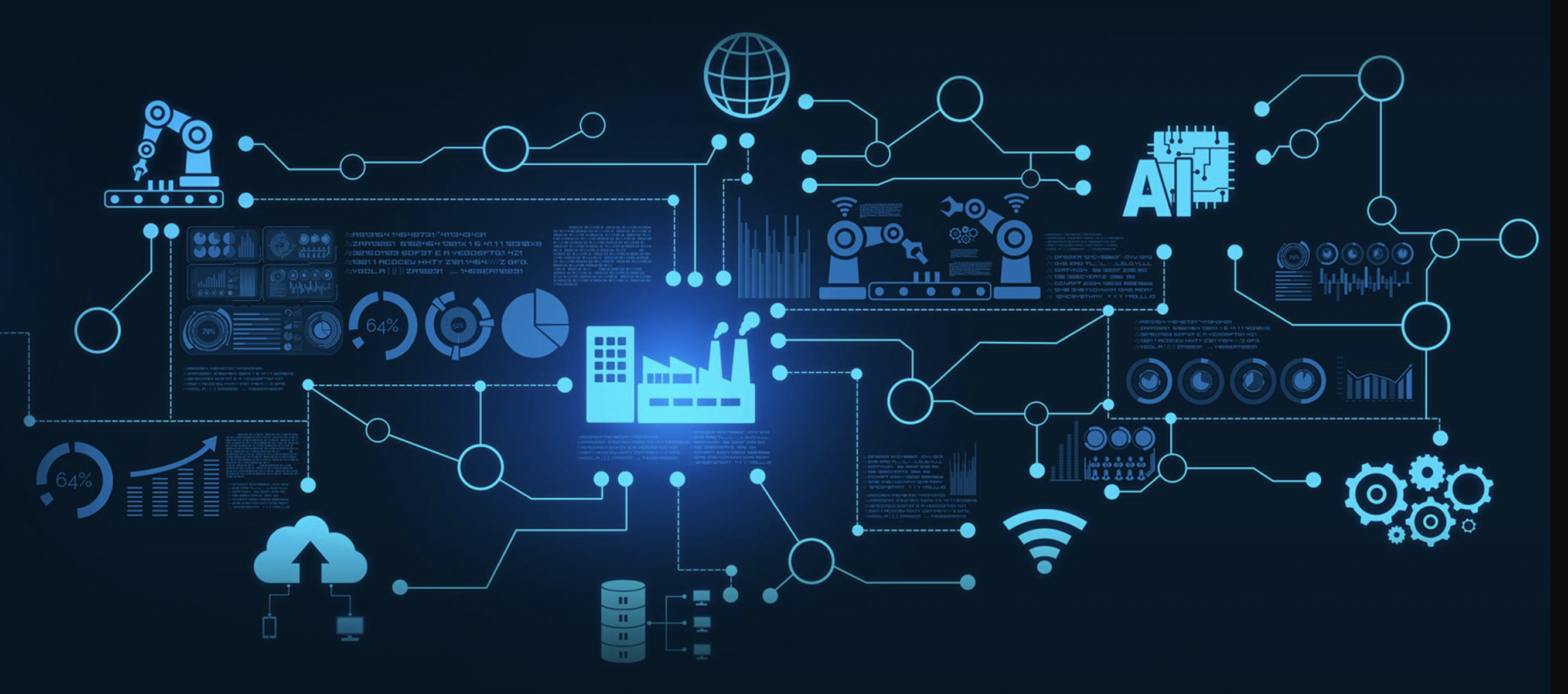Preparing Your Workforce for RPA: Training and Upskilling Strategies
As businesses increasingly adopt Robotic Process Automation (RPA) to streamline operations and enhance efficiency, the role of the human workforce is evolving. While RPA offers numerous benefits, such as reduced costs, increased accuracy, and faster processing times, it also necessitates a shift in employee roles and responsibilities. To maximize the benefits of RPA and ensure a smooth transition, organizations must invest in training and upskilling their workforce. Here are some strategies to prepare your employees for the RPA revolution.
Understanding the Impact of RPA on the Workforce
Before diving into training and upskilling strategies, it’s essential to understand how RPA impacts the workforce. RPA automates repetitive, rule-based tasks, allowing employees to focus on more complex, creative, and strategic activities. This shift can lead to improved job satisfaction and career growth opportunities, but it also requires employees to develop new skills and adapt to changing job roles.
Developing a Comprehensive Training Program
A well-structured training program is crucial for preparing your workforce for RPA. This program should cover the basics of RPA, its benefits, and its potential impact on the organization. Here are some key components to include:
-
Introduction to RPA:
- Explain what RPA is and how it works.
- Highlight the benefits of RPA, such as increased efficiency, accuracy, and cost savings.
- Discuss the potential impact of RPA on various job roles within the organization.
-
Hands-On Training:
- Provide hands-on training sessions where employees can interact with RPA tools and software.
- Offer practical exercises and real-world scenarios to help employees understand how RPA can be applied to their specific tasks.
-
Technical Skills Development:
- For employees in technical roles, offer advanced training on RPA tool development, bot configuration, and maintenance.
- Provide resources for learning programming languages commonly used in RPA, such as Python, Java, and VBScript.
-
Soft Skills Enhancement:
- Emphasize the importance of soft skills, such as problem-solving, critical thinking, and adaptability.
- Offer workshops and seminars on change management, teamwork, and effective communication to help employees navigate the transition smoothly.
Upskilling and Reskilling Strategies
To ensure that employees remain relevant and valuable in an RPA-driven environment, organizations must focus on upskilling and reskilling initiatives. Here are some strategies to consider:
-
Identify Skill Gaps:
- Conduct a skills assessment to identify the gaps between current employee capabilities and the skills needed in an RPA-enhanced workplace.
- Use this information to tailor training and upskilling programs to address specific needs.
-
Offer Continuous Learning Opportunities:
- Encourage a culture of continuous learning by providing access to online courses, workshops, webinars, and industry conferences.
- Partner with educational institutions and professional organizations to offer certification programs and advanced training in RPA and related fields.
-
Create Career Development Pathways:
- Develop clear career development pathways that outline how employees can progress within the organization as they acquire new skills.
- Offer mentorship programs and career coaching to help employees navigate their professional growth.
-
Leverage Internal Talent:
- Identify employees with a natural aptitude for technology and automation and provide them with advanced RPA training.
- Create internal RPA centers of excellence where skilled employees can share their knowledge and mentor others.
Promoting a Culture of Collaboration and Innovation
Preparing your workforce for RPA goes beyond training and upskilling; it also involves fostering a culture of collaboration and innovation. Here are some ways to achieve this:
-
Encourage Cross-Functional Collaboration:
- Promote collaboration between different departments to identify opportunities for RPA and develop innovative solutions.
- Create cross-functional teams to work on RPA projects, ensuring diverse perspectives and expertise are included.
-
Celebrate Successes and Learn from Failures:
- Recognize and celebrate the successes achieved through RPA implementation to boost employee morale and engagement.
- Encourage a growth mindset by viewing failures as learning opportunities and continuously improving processes.
-
Communicate Transparently:
- Maintain open and transparent communication about the organization’s RPA strategy, goals, and progress.
- Address employee concerns and provide regular updates to ensure everyone is aligned and informed.
As RPA continues to transform the business landscape, preparing your workforce for this change is crucial for achieving long-term success. By developing comprehensive training programs, implementing upskilling and reskilling strategies, and promoting a culture of collaboration and innovation, organizations can empower their employees to thrive in an RPA-driven world. Investing in your workforce not only enhances their skills and capabilities but also ensures a smoother transition and maximizes the benefits of RPA for your organization.






